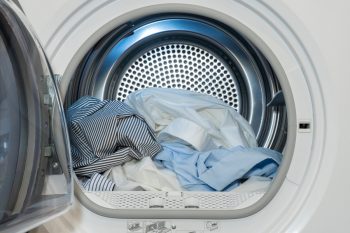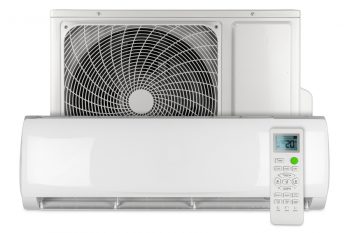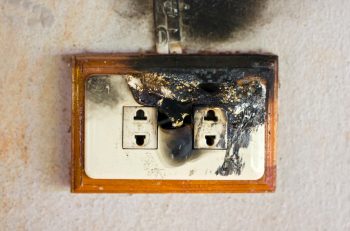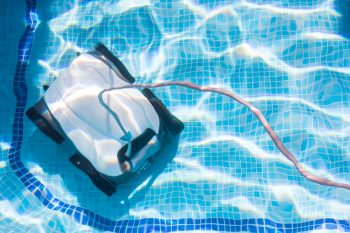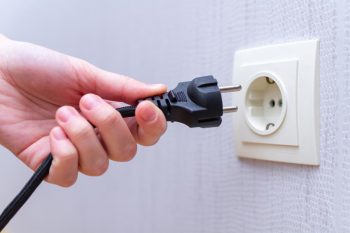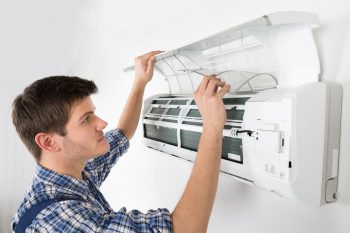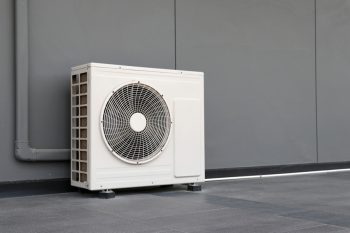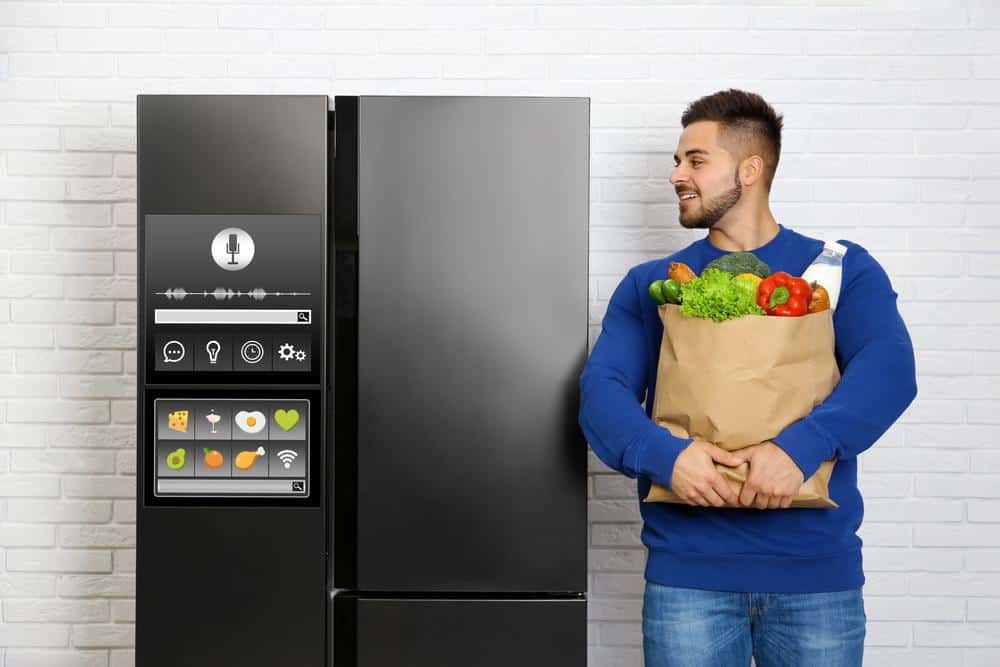
Whether you’re going on vacation, moving, or simply need to store your refrigerator for an extended period, it’s essential to know how to properly turn it off. Not only will this help you save energy, but it will also prevent mold growth, unpleasant odors, and potential damage to the appliance. In this comprehensive guide, we’ll walk you through the necessary steps to properly turn off your refrigerator and maintain its cleanliness during a period of non-use.
To properly turn off a refrigerator, start by removing all items from the fridge and freezer. Next, unplug the refrigerator from the power source. Then, allow the appliance to defrost by leaving the doors open until all ice has melted and the interior reaches room temperature. Finally, clean the refrigerator by wiping off any excess moisture with a dry towel or rag.
The Importance of Properly Turning Off Your Refrigerator
Turning off your refrigerator properly is crucial for several reasons:
- Energy savings: Unplugging or turning off your refrigerator when not in use can help save electricity and reduce your energy bill.
- Safety: If you’re going on a long vacation or leaving your home for an extended period, unplugging your refrigerator can reduce the risk of electrical fires.
- Preventing mold and odors: If you’re not using your refrigerator for a long time, it’s essential to clean it, remove all food items, and leave the door open to prevent mold and unpleasant odors from developing.
- Maintaining efficiency: Properly turning off your refrigerator ensures that it maintains its efficiency when you turn it back on. Unplugging it without following the correct steps can lead to issues with the cooling system and other components.
- Food safety: If you’re not using your refrigerator, it’s essential to remove all perishable items to prevent food spoilage and potential health risks.
The Steps to Properly Turn Off Your Refrigerator
Here are the primary steps to follow when turning off your refrigerator:
- Empty the refrigerator: Remove all items from the fridge and freezer compartments.
- Unplug the refrigerator: Disconnect the power cord from the wall receptacle.
- Defrost the freezer: Leave the fridge and freezer doors open to allow the appliance to defrost. This process may take overnight or until all the ice in the freezer has melted, and the interior reaches room temperature.
- Clean the refrigerator: Use a dry towel or rag to wipe off any excess moisture.
The Role of Defrosting in Turning Off Your Refrigerator
The recommended time period for defrosting a refrigerator before turning it off depends on the amount of frost buildup and the method used for defrosting. Generally, it can take anywhere from several hours to more than a day. However, there are methods to speed up the process, such as placing a pot of boiling water on top of a towel in the fridge. In any case, it is essential to ensure that the refrigerator is completely defrosted and dry before turning it off.
Preventing Mold Growth in a Refrigerator
To prevent mold growth in your refrigerator, follow these tips:
- Maintain optimum temperatures: Ensure your refrigerator is set at the right temperature to discourage mold growth.
- Clean it out regularly: Remove old food and leftovers weekly to prevent mold from developing on spoiled items.
- Keep it dry: Make sure all food is dry and store it in airtight containers to reduce moisture.
- Use baking soda: Place a box of baking soda in your fridge to absorb moisture and odors, reducing the chance of mold growth.
Turning Your Refrigerator Back On
When turning the refrigerator back on after a period of being off, you should take the following measures:
- Ensure the refrigerator is clean and dry: Before turning it back on, make sure the interior is clean and dry to prevent mold and unpleasant odors.
- Allow the refrigerator to stand upright: If the refrigerator has been transported on its side, it should be allowed to stand upright for an equal amount of time as it was on its side before plugging it in.
- Plug the refrigerator back in: Connect the power cord to the wall outlet and turn the refrigerator on.
- Monitor the refrigerator’s performance: Keep an eye on the temperature and performance of the refrigerator for the first few days after turning it back on.
By following these steps and precautions, you can ensure that your refrigerator is properly turned off, stored, and ready for use when needed. Remember, the key to maintaining the longevity and efficiency of your refrigerator lies in proper care and maintenance.
Frequently Asked Questions
How often should I clean my refrigerator to prevent mold growth?
It is recommended to clean your refrigerator at least once a week. Regular cleaning helps to remove old food and leftovers, which can potentially develop mold. Moreover, it helps to maintain the freshness and hygiene of the food stored in the refrigerator.
Can I speed up the defrosting process of my refrigerator?
Yes, you can speed up the defrosting process. One common method is to place a pot of boiling water on top of a towel in the fridge. The steam from the boiling water will help melt the ice faster. Remember to keep the fridge and freezer doors open during this process.
Why should the refrigerator stand upright for some time before being plugged back in after transportation?
If a refrigerator has been transported on its side, the oil in the compressor can flow into the cooling lines. Allowing the refrigerator to stand upright for an equal amount of time as it was on its side lets the oil return to the compressor. This ensures the refrigerator operates efficiently when it’s turned back on.
What is the correct temperature to set my refrigerator at to discourage mold growth?
The optimal temperature for your refrigerator to discourage mold growth is between 37 and 40 degrees Fahrenheit (3-4 degrees Celsius). The freezer should be set at 0 degrees Fahrenheit (-18 degrees Celsius).
What should I do if my refrigerator doesn’t start cooling after turning it back on?
If your refrigerator doesn’t start cooling after turning it back on, you should first check if it’s plugged in correctly and the thermostat is set to the right temperature. If these are not the issues, it may be a problem with the compressor or other components, and you should contact a professional for assistance.

